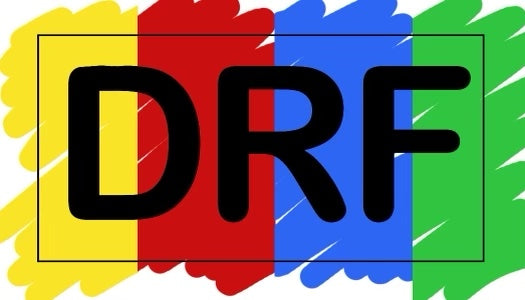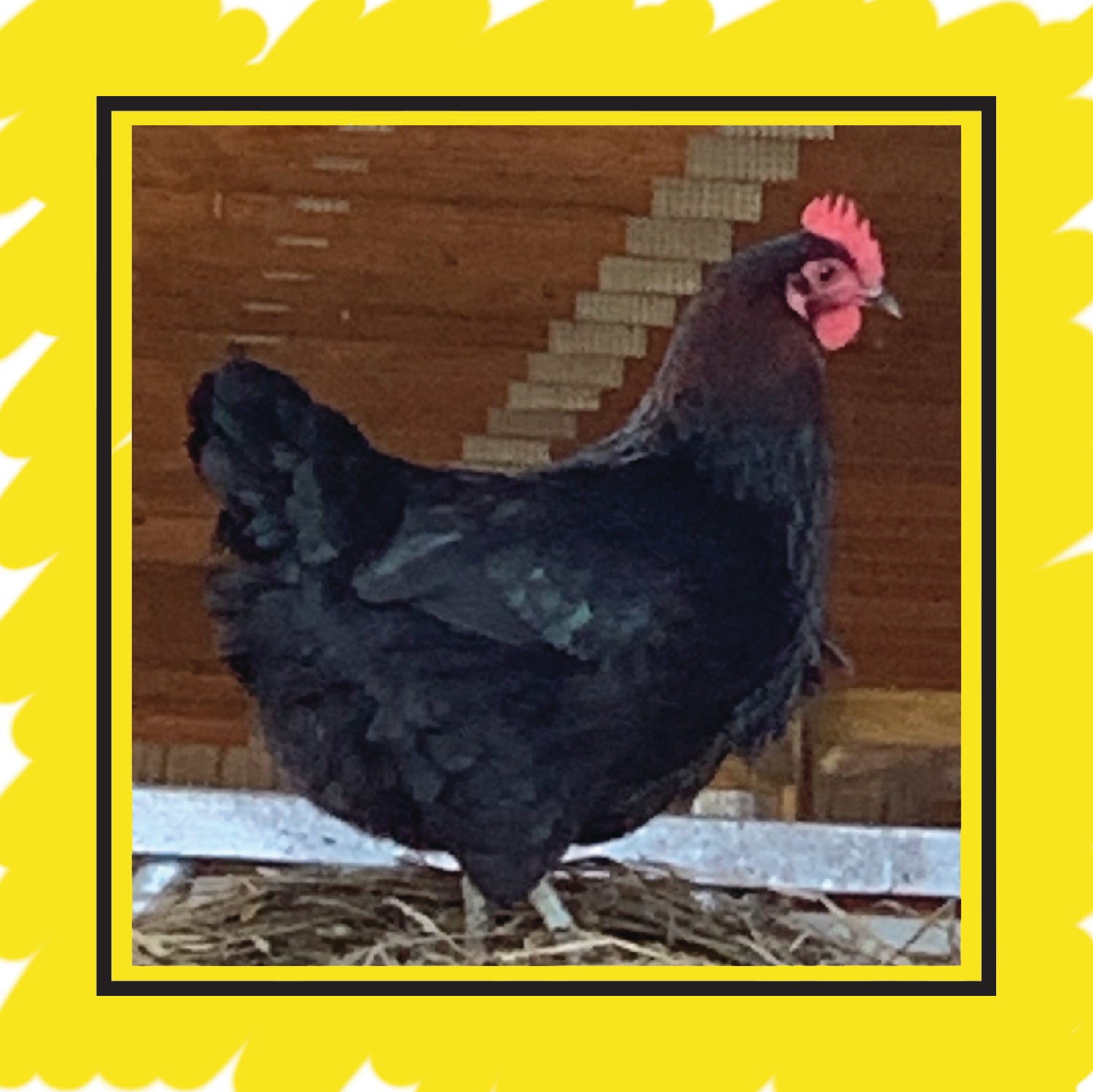Delaware
 The Delaware were known as the original meat birds prior to the development of the Cornish Cross. Through several years of selective breeding, Deer Run Farm (with their predecessor, Whitmore Farm) has continued to restore the breed to it's original dual purpose where birds can be processed as early as 14 weeks.
The Delaware were known as the original meat birds prior to the development of the Cornish Cross. Through several years of selective breeding, Deer Run Farm (with their predecessor, Whitmore Farm) has continued to restore the breed to it's original dual purpose where birds can be processed as early as 14 weeks.Delaware were developed by George Ellis of Delaware in 1940 and were used for the production of broilers. The breed originated from crosses of Barred Plymouth Rock roosters and New Hampshire hens. A few off-colored sports were produced that were almost white with black barring on the hackles, primaries, secondaries, and tail. This coloration is very similar to the Colombian color pattern, but with the barring substituting for the black sections. For about twenty years the Delaware and the Delaware x New Hampshire cross were the most popular broiler chickens on the Delmarva Peninsula. Both the Delaware and the Delaware x New Hampshire cross were replaced by the Cornish x Rock cross that you see in grocery stores today.

The Delaware makes an excellent dual-purpose bird. They have an excellent lay rate, and a calm and friendly disposition. The breed is noted for rapid growth and fast feathering of the chicks. Cocks grow to 8-1/2 pounds and hens to 6-1/2 pounds. Our breeding program emphasizes carcass quality and growth rate in addition to the American Poultry Association's (APA) standard for the breed.
Delaware males may be mated to New Hampshire or Rhode Island Red females and produce chicks of the Delaware color pattern. Delaware females mated to New Hampshire or Rhode Island Red males produce sex-linked offspring; the males having the Delaware color pattern and the females having the solid red color of the sires. Sex-linked chicks can also be made using our Delaware females with one of our Welsummer males!
In addition to the American Poultry Association's (APA) standard for the breed, our breeding program emphasizes size/weight at 12 weeks of age and lay rate as adults. Basically, we want a dual purpose bird that is growthy and lays a lot of eggs.
 Here is a sample of the eggs laid by our Delaware flock. Delaware have an excellent lay rate. They lay later into the fall than any of our other breeds. Eggshell color ranges from a pinkish, flesh color to a peachy tan color. Pullet eggs average 2.10 oz (59.4 g) meeting the USDA "large" classification of 2.00 oz. During their second season of lay, eggs hit the extra-large and jumbo benchmark. We occasionally get double yolk eggs from our Delaware flock. It's common for us to see our Delaware abruptly stop laying mid to late October when they begin to molt, but are quick to return to laying in December. Of all of our breeds, the Delaware are more predictable with their laying cycle that they could also be considered more reliable than some of our other breeds.
Here is a sample of the eggs laid by our Delaware flock. Delaware have an excellent lay rate. They lay later into the fall than any of our other breeds. Eggshell color ranges from a pinkish, flesh color to a peachy tan color. Pullet eggs average 2.10 oz (59.4 g) meeting the USDA "large" classification of 2.00 oz. During their second season of lay, eggs hit the extra-large and jumbo benchmark. We occasionally get double yolk eggs from our Delaware flock. It's common for us to see our Delaware abruptly stop laying mid to late October when they begin to molt, but are quick to return to laying in December. Of all of our breeds, the Delaware are more predictable with their laying cycle that they could also be considered more reliable than some of our other breeds.  The Delaware chicks are the most vigorous of all the breeds we raise. They are always the first ones to start eating mash. They also charge the brooder door when opened while the other breeds tend to run away. If you want an assertive forager, this is your breed. They are the last ones to go into the coop at night.
The Delaware chicks are the most vigorous of all the breeds we raise. They are always the first ones to start eating mash. They also charge the brooder door when opened while the other breeds tend to run away. If you want an assertive forager, this is your breed. They are the last ones to go into the coop at night.Ways to buy this breed:
-
 Sold out
Sold outDelaware Pullet (12+ weeks)
Regular price $30.00Regular priceUnit price per -
Hatching Egg: Delaware
Regular price $2.50Regular priceUnit price per -
 Sold out
Sold outDelaware Juvenile
Regular price $15.00Regular priceUnit price per












